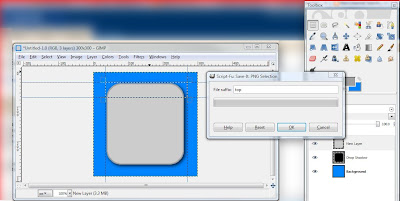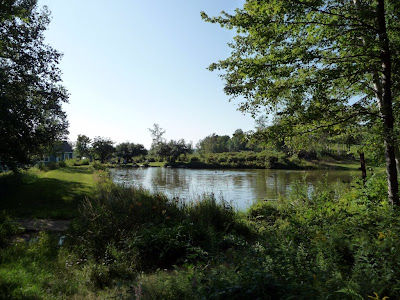Addicott Web has an insightful article up about designing for low literacy users. This isn't a term I had heard before, and conjured up images of designing websites for folks who can't read text. Why I needed to know this, was beyond me, but I decided to read the article anyway.
Good thing I did, as my assumption was completely off. Here's what a low literacy user is:
The most important thing that I can emphasize up front is that when I use the term “lower literacy”, I’m not talking about people who are illiterate or unintelligent. Quite the opposite in fact. People who have a lower literacy are able to read – they just struggle with it to some degree depending on the particular medium in question. In this case, I’m talking about lower literacy as it pertains to websites.
In general there are some common characteristics of people who have a lower literacy:
• They have trouble scanning text
• They need to go through content word-by-word
• They’ll often find themselves re-reading long, unfamiliar words
In other words, he's describing our parents when sitting at a computer! (OK, well not exactly my Dad who's been using the web since the days of Gopher).
And here's the big deal: you can do things to your site or software to make it more friendly to this type of user. At the very least, when you're having folks evaluate your site, you can go out of your way to include some users who fall into this category to get a true picture of how accessible your application is to the world.
Like I said, the article is definitely worth a read. Or, if you're a high literacy user, a quick scan for keywords.



















































